Graphing Quadratic functions




Important Note

Note: the above form is also called the Vertex form
Graphing Quadratic functions
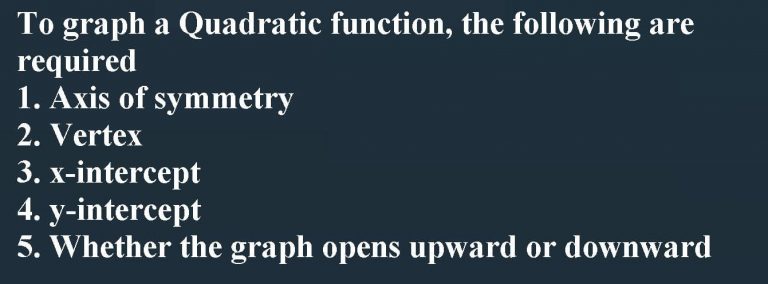
What is the parent Quadratic function ?


Other variations to the parent Quadratic function is given below

Graphs of the above functions are given below

Problem



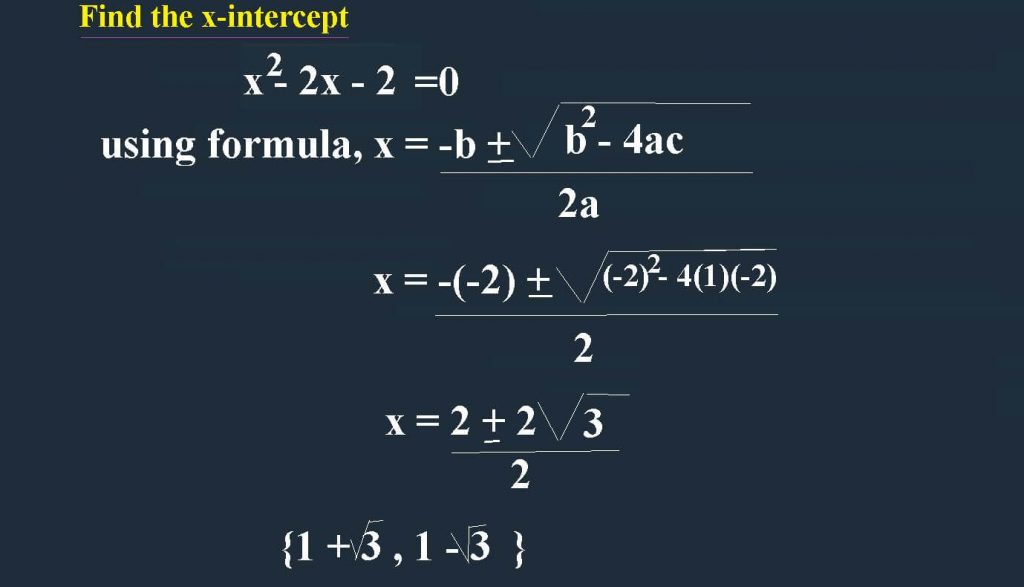

With all the above information, we can graph the function now
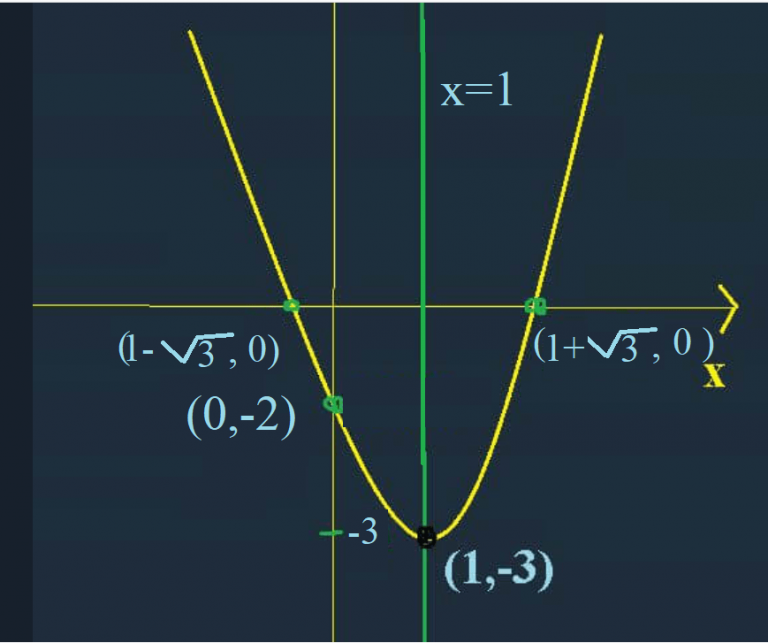
Problem

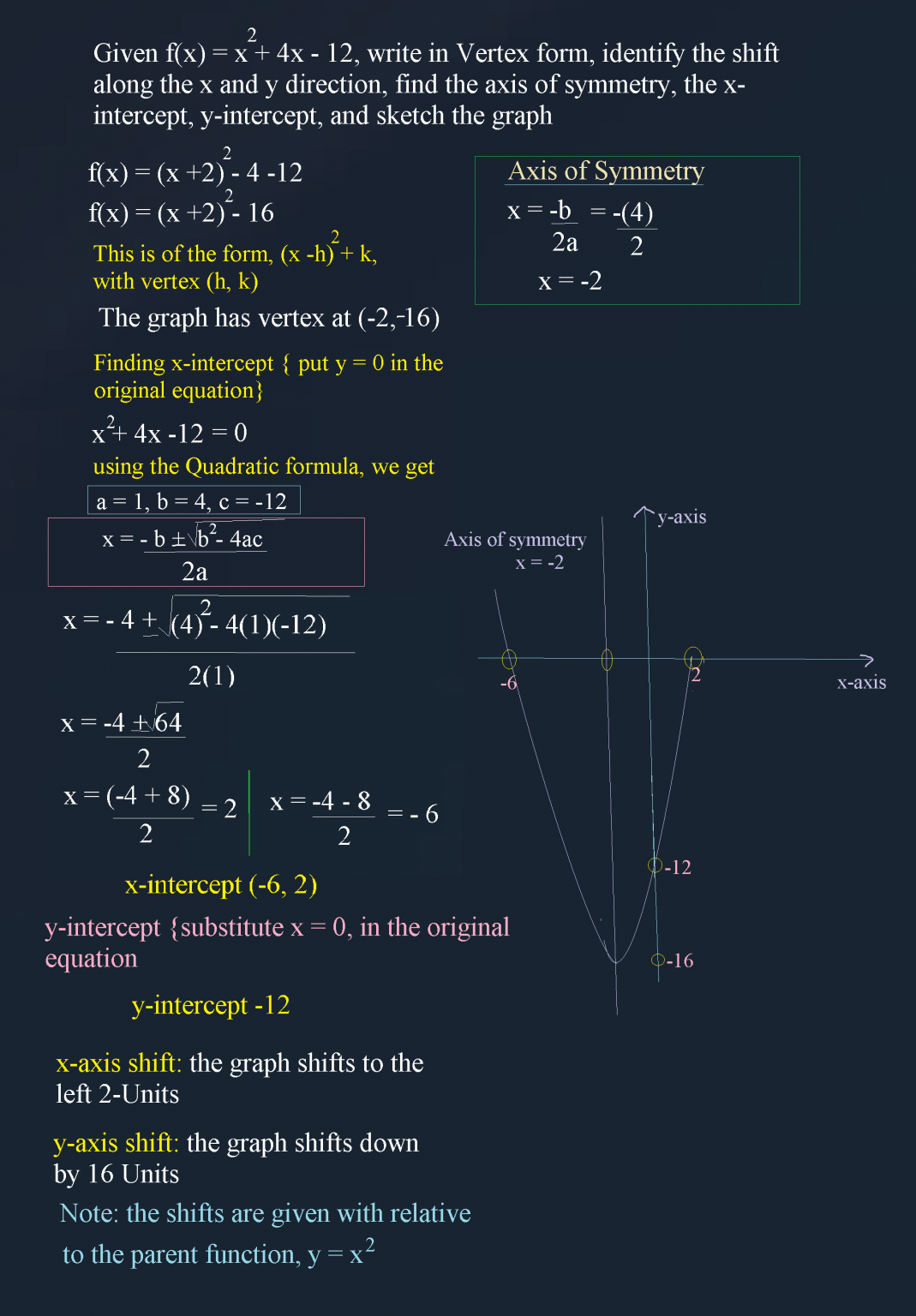
Do it yourself


Essential Questions
What characteristics of the graph of a Quadratic function, distinguish it from that of a linear function?
(1) The degree of Linear function is always 1, while Quadratic function is of degree 2.
(2) Linear functions are one-to-one while quadratic functions are not.
(3) Linear functions always produce a straight line while a Quadratic function produces a parabola.
(4) Graphing a Linear function is simple and straightforward while graphing a Quadratic function is complicated and requires a clear understanding of the characteristics.
How does understanding how to find the vertex of a Quadratic function helps in making decisions pertaining to real-life issues?
Quadratic functions are more connected with Real life situations in Business world. Such as the point where Profits occur and points where they cease to occur, how to minimize Loss and Maximize profit. In brevity there are countless examples and situations where one can apply Quadratic functions.
Understanding how to find the vertex is of critical importance for it provides you with the information as to where you would be able to locate the absolute maximum or minimum. This is especially useful when it comes to fixing the cost price, maximizing profit, minimizing loss, etc.
What are the advantages of a Quadratic function in vertex form?
(1) The vertex can be promptly identified
(2) The horizontal shift can be found
(3) The vertical shift can be found.
(4 ) By how much a graph is Vertically compressed or stretched can also be found
(5) The shape of the graph can also be found
Example
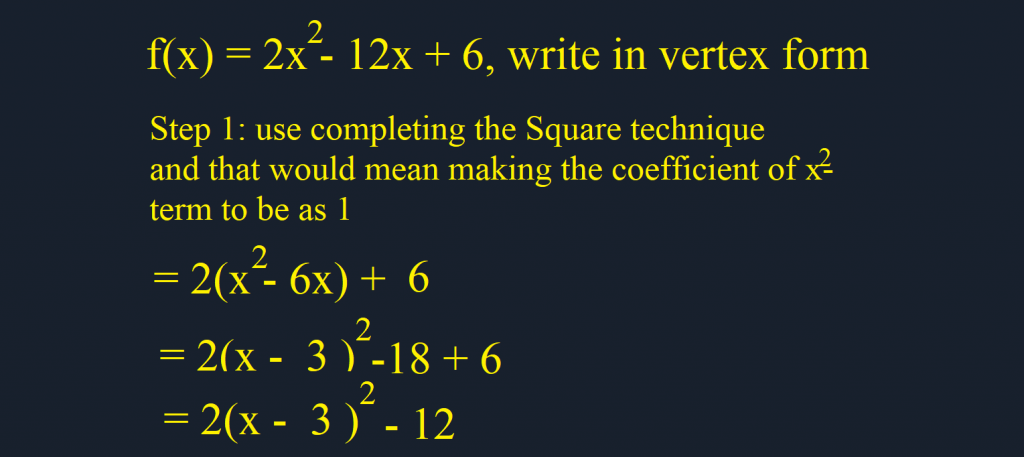
Meaning

